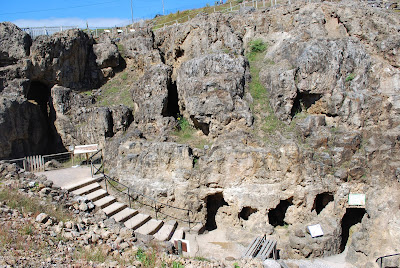Everybody called him Sasha: he was never sure whether he had any other name. He could never remember a time when he had not been hungry or afraid. His earliest memories, which still resurfaced in his dreams, were of fighting: men shooting, buildings burning and bodies in the streets. He could barely picture his parents, who had both disappeared around that time. When the fighting had finished he was brought up by a woman who said she was his aunt, though she treated him more like a servant: setting him to chop firewood or shovel away snow, never giving him enough to eat and beating him if he complained. Eventually he ran away, and lived for a while by begging and stealing until he was big enough to get a job at Mr. Fenstein’s factory. He earned little there, for after years of malnutrition he was not strong enough for heavy tasks. His workmates jeered at him for his weakness and also because he could hardly read or write, and girls looked scornfully at his ragged clothes.
Then there was more fighting, and soldiers occupied the town. They spoke a strange language, but Sasha learned to pick it up; and when they found he was always willing to help them in return for food, they laughed and said he was a lad with promise. After a while they took him away for training.
The training was tough, and many of the duties very unpleasant, but Sasha never complained. Why should he? The barracks were far more comfortable than the doss-house which had been his home, and the food and clothing were the best he had ever enjoyed. For the first time in his life he was able to get washed and shaved properly, and have a decent haircut. Finally, when the training was completed, he was ordered to report to the railway station for transfer to his place of assignment.
As he dressed in his brand new uniform and looked at himself in the mirror, Sasha for the first time in his life felt a sense of pride. Now at last he had status: he was somebody! He walked through the streets and noticed that people who had once treated him with contempt now regarded him with wariness, even fear; and stepped off the pavement to make way for him. It made him want to smile, but he thought it best to keep his expression stern and hard. Now he was showing them! Now he could get his own back! And if Mr. Fenstein or anyone else failed to show him proper respect, he’d quickly demonstrate to them who was the boss now!
Sasha reached the station, where a train was drawn up. Much of it consisted of cattle trucks, but not for him! Oh no! He’d be travelling in a proper carriage with his new comrades, the other men of his unit!
It would probably be a long journey, because the destination painted on the train was somewhere he’d never heard of: Auschwitz.











